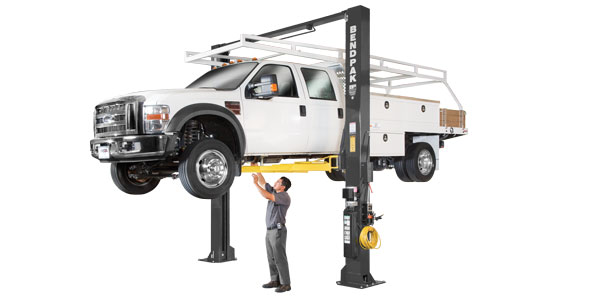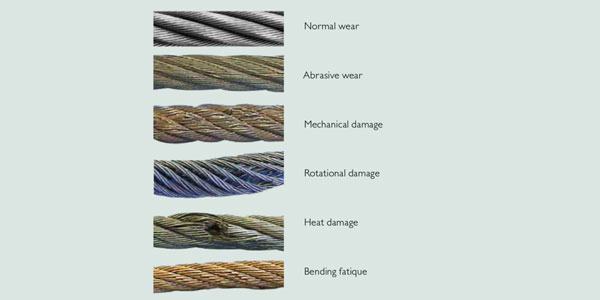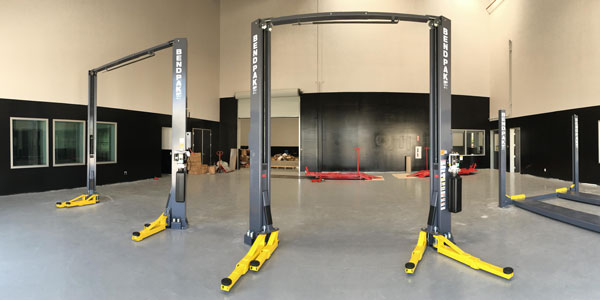Poor belt adjustment has been identified as a leading contributor to component failure. With the increased heat under the hoods of vehicles, especially those with the 2007 emissions controls, this issue remains timely. Many myths contribute to the problem; Jim LeClaire, president of T.O.P. Inc. reporting in Horton Inc.’s Cooling Concepts, dispels some of these below (www.hortonww.com/belt):
Myth: Kevlar-backed belts do not stretch.
Fact: They stretch less than a standard fabric-backed belt, but they will stretch. In addition, a belt will “run in” or wear a bit to fit the pulley grooves. This is normal and relieves some of the original tension setting of the belt. Keep checking tensions at every service interval, and educate your personnel.
Myth: My fingers are an accurate tension gauge.
Fact: No. Use a belt tension gauge. Purchase a few snap-type “cricket” gauges in the proper range for your system and check for yourself.
Myth: I can set belt tension and forget it.
Fact: No. A belt can stretch up to four inches over its life, depending on length. A new belt should be installed, tensioned and run in for 15 to 20 minutes on high idle –– then be retensioned to spec’ and checked at the service interval.
Myth: An auto-tensioner needs no maintenance.
Fact: No. Look closely at the tensioner and check travel and operation range marks with the proper belt installed. Do not change or vary any part from what the OE has set up for the system. A one-inch longer belt is not okay. Check it with the OE to be sure it’s right. Check the tensioner during its life, and use a tension gauge. Always use the right belt specified for the application.
Myth: I can set my manual tensioner and forget it.
Fact: See all of the myths above. The system needs attention in the same manner as an auto-tensioner. Belts will stretch, and you can often have an over-tension problem. Use the proper tension gauge.




